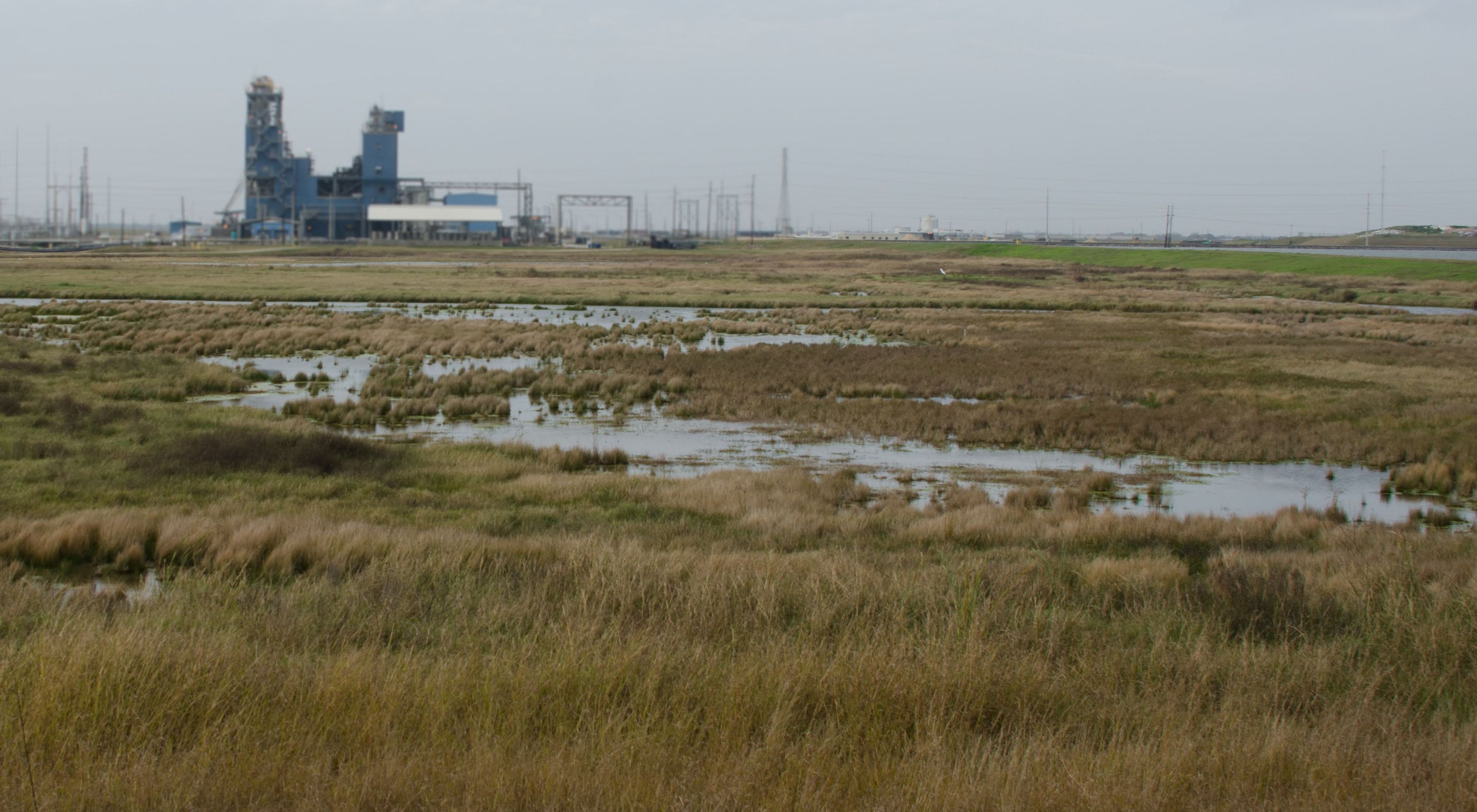In 2019, The Nature Conservancy (TNC) moved into our ninth year of collaborating with Dow. Nine years. In 2011, when TNC and Dow first announced our collaboration, Apple was releasing the iPhone 4S. While Apple is now up to the iPhone XS, how has the TNC-Dow Collaboration progressed? And, more importantly, where are we headed?
The first six years of the collaboration represented Phase 1. During Phase 1, TNC and Dow focused on undertaking robust scientific studies to show that nature-based solutions can be good for business and better for nature. For example, we showed that reforestation can be a cost-effective approach for ozone control and that marshes can protect coastal assets against sea-level rise and storm events. That last three years of the collaboration represent Phase 2.
Over the last three years, the collaboration focused on jointly developing and deploying the tools and processes needed to implement Dow’s Valuing Nature Goal. This goal is one of Dow’s seven 2025 sustainability goals, through which the company has committed to applying a “business-decision process that values nature, which will deliver business value and natural capital value through projects that are good for business and better for ecosystems.” TNC and Dow worked together to establish a nature-based decision-making framework that is sensible to the employees at Dow and is true to the Valuing Nature Goal’s core sustainability mission. More importantly, TNC works with Dow on this goal to help create tools and processes that incorporate ecosystem services into a for-profit corporation’s decision-making process. In addition, TNC looks to share these tools and processes with other companies and organizations so that they can learn from our successes and challenges and push themselves to incorporate nature into their own decision-making processes.
Our Tools
The first tool to come out of the collaboration was the Ecosystem Services Identification & Inventory Tool, or ESII Tool (pronounced “easy tool”), which was released in 2016. The ESII Tool is a free iPad or desktop application that was developed in partnership with Dow, TNC, and EcoMetrix Solutions Group; it allows users to quickly and effectively generate information on the ecosystem service performance of a specified landscape. Since the tool’s deployment, the Collaboration has used the ESII Tool to measure the degree to which proposed project changes at Dow facilities would impact ecosystem service performance of the surrounding landscape.
After the ESII Tool, the collaboration team developed an internal Dow decision-making process that facilitates the identification of projects that qualify as “Nature Goal projects,” i.e., projects that count towards Dow’s Valuing Nature Goal. This process was dubbed the Nature Valuation Methodology. The Nature Valuation Methodology is a three-step process: (1) an initial screen to identify potential Nature Goal projects at an early stage in their design; (2) an analysis to identify and evaluate potential natural enhancements that could be made to improve the project’s ecosystem service delivery – when applicable, this analysis is done using the ESII Tool; and (3) a comparison of the financial and natural capital returns associated with the various project alternatives. This process was laid out more fully in a peer-reviewed article that was written by the collaboration team and released in Science of the Total Environment in early 2019.
Over the last year, the collaboration has focused more heavily on the third step in the Nature Valuation Methodology: a tool to facilitate the comparison of the financial and natural capital returns across a project. This tool is called the Nature Scorecard. To create the tool, TNC and Dow have partnered with scientists at the Natural Capital Project. Together, we are working to integrate consistent data on the environmental conditions around all of Dow’s global sites. These data will be rolled up into the Nature Scorecard and used to assess the relative importance of a project’s proposed impacts to the environment. The collaboration intends for the Nature Scorecard to eventually stand beside traditional financial metrics for evaluating project performance, such as return on investment and internal rate of return, and to represent a project’s expected ecosystem service benefits to the company. After testing and deploying the scorecard within Dow, the collaboration also intends to release a publicly available version.
Looking Ahead
A lot has happened in the nine years of the collaboration. As to where TNC and Dow go next, we aim to build on our previous work of the last nine years and expand into new areas. Both TNC and Dow are looking at our organizations’ sustainability and conservation priorities and defining new opportunities of mutual interest. Going forward, we will build out the collaboration to go beyond delivering science-based tools and processes to better incorporate nature in corporate business decisions. We will take on projects focused on our closely-aligned priorities around climate change, climate resilience, and water reliability.
For example, TNC will be working with Dow and other public and private organizations to identify cost-effective and systemic solutions to climate risk in and around coastal areas, beginning in the Gulf Coast. To tackle water reliability issues, TNC will be working with Dow in and around its seven most water-stressed sites – which include areas that were recognized by TNC as a conservation priority – to identify and implement watershed-level projects aimed at improved both water quality and water quantity in the region. As always, we’ll continue to communicate our successes, lessons learned, and tools developed externally, so that other organizations can also benefit from our work and progress on their own journeys to integrate nature into their decision-making processes.
Learn more about our collaboration and results.
